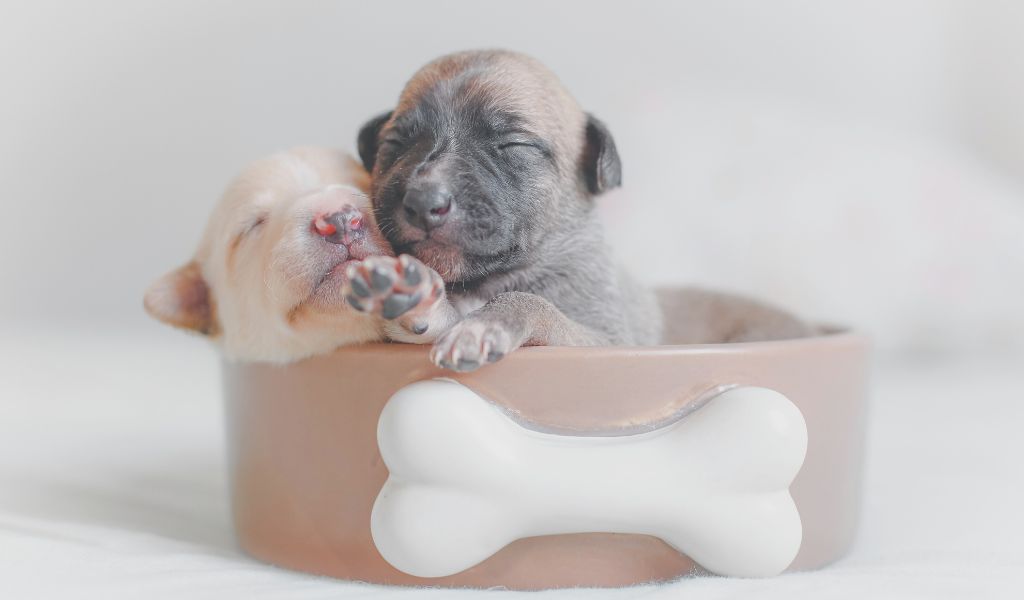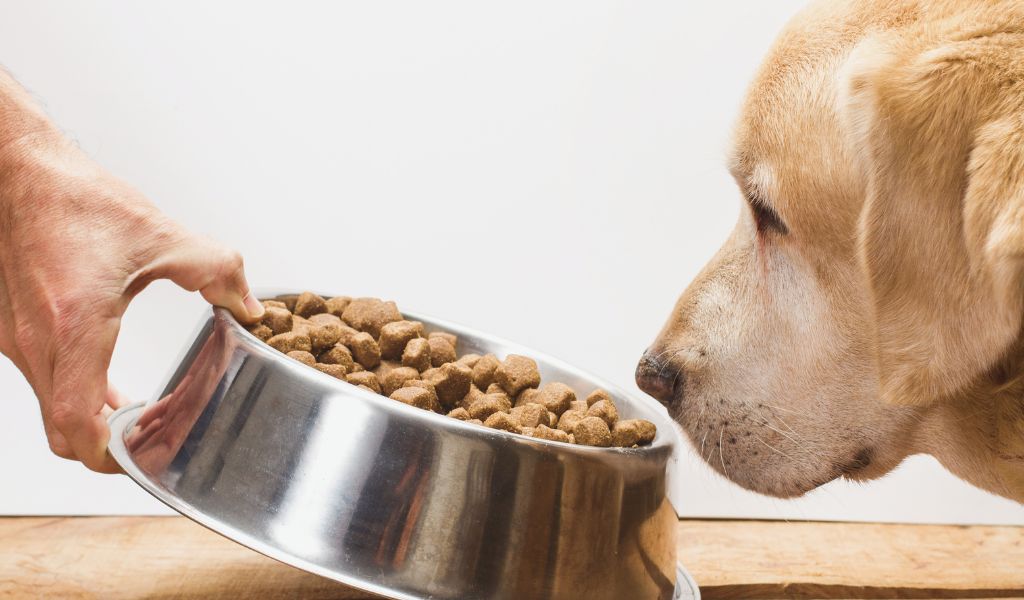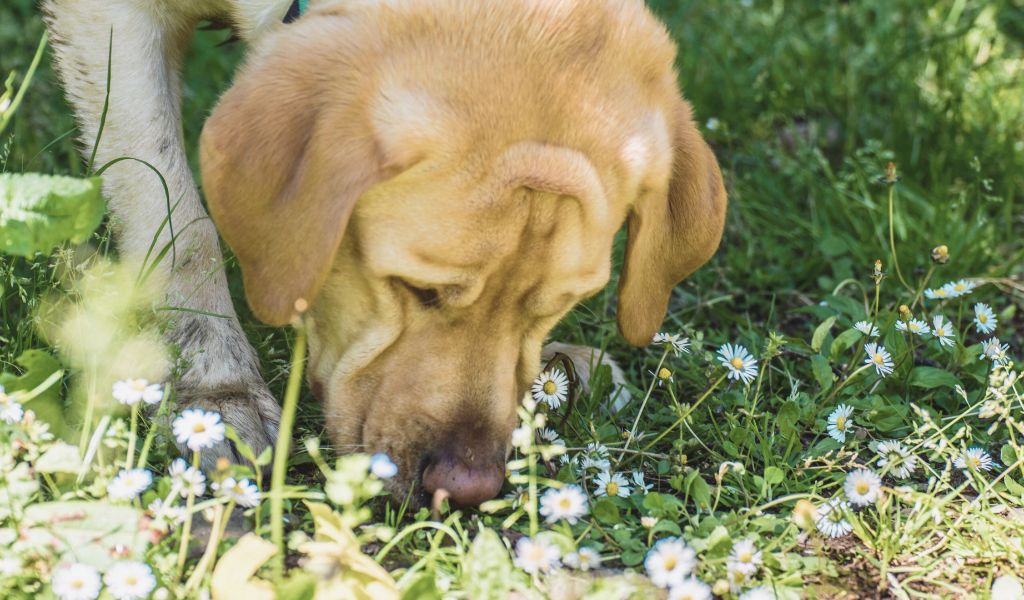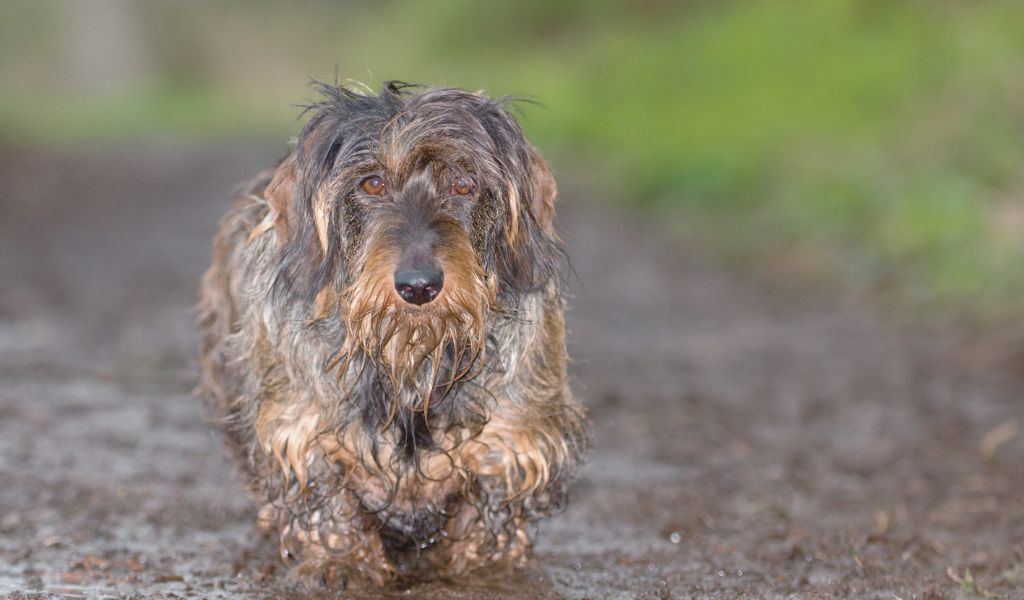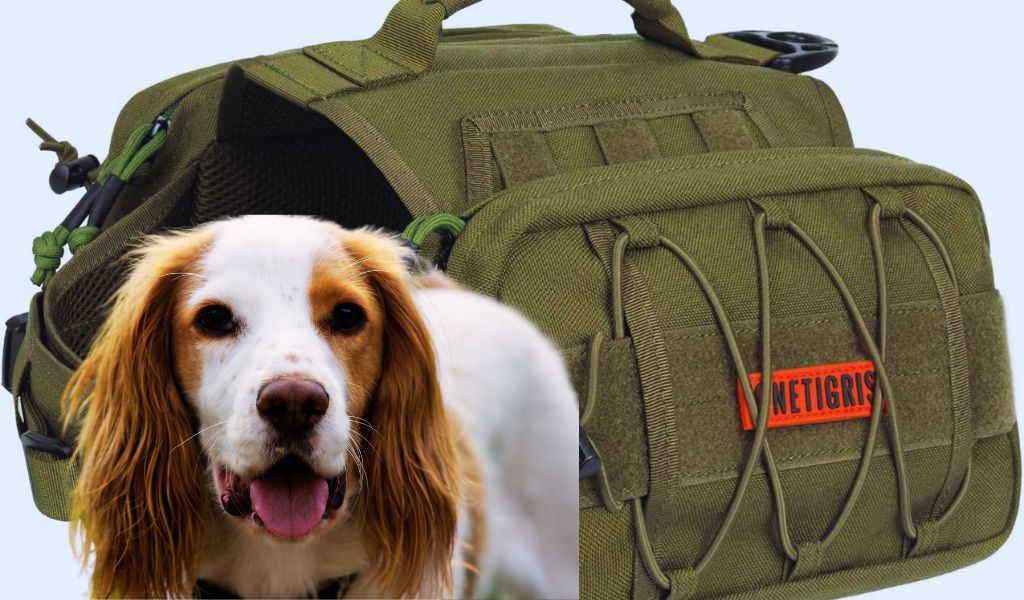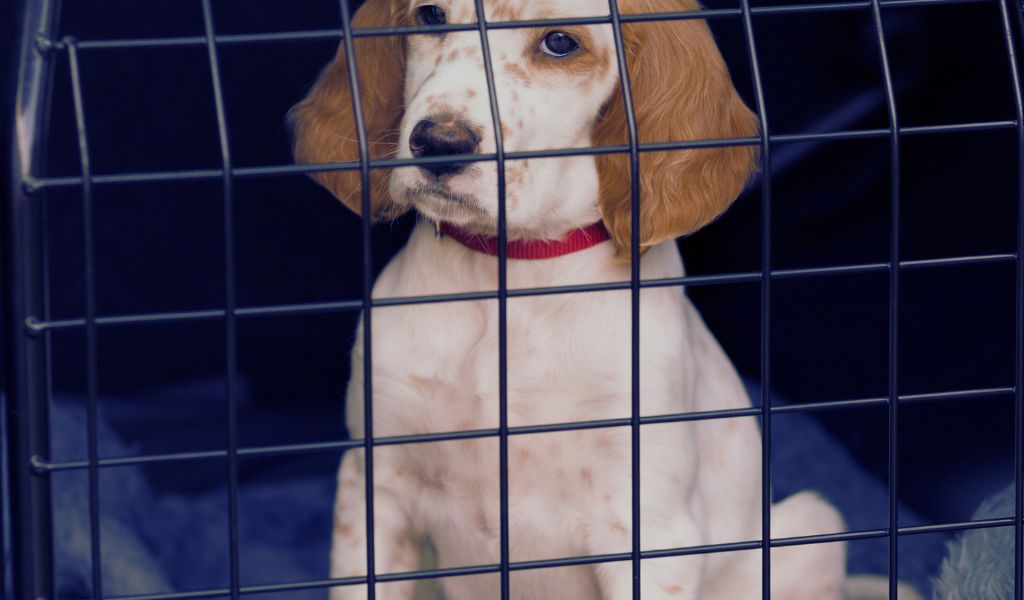Yes, dogs can get ringworm. Ringworm is a contagious fungal infection caused by various species of fungi known as dermatophytes. These fungi thrive in warm and humid environments, making dogs vulnerable to infection. The most common dermatophyte that affects dogs is Microsporum canis, but other species like Trichophyton and Microsporum gypseum can also cause ringworm.
Understanding Ringworm in Dogs
Ringworm infections in dogs typically affect the hair, skin, and nails.
The fungi responsible for ringworm invade the outer layers of the skin, hair shafts, and sometimes the nails, leading to characteristic symptoms.
Dogs with ringworm may experience:
Circular Patches of Hair Loss: One of the telltale signs of ringworm is the appearance of circular patches of hair loss on the dog’s skin. These patches may be red, scaly, and itchy.
Crusty or Scaly Skin: Ringworm can cause the affected skin to become dry, crusty, or scaly. In some cases, the skin may appear inflamed and may ooze or develop pustules.
Broken or Brittle Hair: Infected hair shafts may become weak, leading to hair breakage or brittleness. This can further contribute to the appearance of patchy hair loss.
Itching and Discomfort: Dogs with ringworm may experience itching, which can cause them discomfort and lead to excessive scratching or licking of the affected areas.
Causes of Ringworm in Dogs
Ringworm in dogs can be contracted through various sources.
The most common causes include:
Direct Contact: Dogs can acquire ringworm by coming into direct contact with an infected animal or contaminated objects such as bedding, grooming tools, or furniture.
Environment: Certain environments can harbour ringworm-causing fungi, making it more likely for dogs to contract the infection. Places like kennels, animal shelters, and grooming facilities may pose a higher risk.
Weakened Immune System: Dogs with weakened immune systems, such as puppies, elderly dogs, or those with underlying health conditions, are more susceptible to ringworm infections.
Stray Animals: Stray dogs or animals with unknown health statuses may carry ringworm fungi, which can be transmitted to your pet during encounters.
Diagnosing Ringworm in Dogs
To diagnose ringworm in dogs, a veterinarian may employ various methods, including:
Physical Examination: The vet will visually inspect your dog’s skin and coat for characteristic signs of ringworm, such as circular patches of hair loss, redness, scaling, or crustiness.
Wood’s Lamp Examination: In some cases, a Wood’s lamp may be used to examine the affected areas under ultraviolet light. This can help detect fluorescent fungi, although it may not be definitive.
Fungal Culture: A fungal culture involves taking a sample from the affected area and growing it in a laboratory to identify the specific fungus causing the infection. This method provides a more accurate diagnosis.
Treatment Options for Ringworm in Dogs
Treating ringworm in dogs typically involves a combination of topical and systemic therapies.
The specific treatment plan may vary depending on the severity of the infection and the individual dog’s condition.
The following are common treatment options:
Topical Antifungal Medications: Antifungal creams, ointments, or shampoos are often prescribed to treat ringworm in dogs.
These medications should be applied directly to the affected areas as instructed by the veterinarian.
Oral Antifungal Medications: In more severe or widespread cases, oral antifungal medications may be necessary. These medications help combat the fungal infection from within the dog’s body.
Environmental Decontamination: To prevent re-infection or spread of the infection to other pets or humans, it’s crucial to thoroughly clean and disinfect your dog’s living environment.
This includes washing bedding, grooming tools, and any other items that may have come into contact with the infected dog.
Isolation and Quarantine: Infected dogs should be isolated from other animals until they are no longer contagious. This helps prevent the spread of the infection and allows for a faster recovery.
Supportive Care: Providing your dog with a nutritious diet, regular grooming, and maintaining a clean living environment can help strengthen their immune system and aid in the healing process.
Prevention of Ringworm in Dogs
Preventing ringworm in dogs involves implementing certain measures to reduce the risk of infection.
Consider the following preventive strategies:
Maintain Good Hygiene: Regularly bathe and groom your dog to keep their skin and coat clean. Use pet-friendly shampoos and grooming products that help maintain a healthy skin barrier.
Clean Living Environment: Regularly clean and disinfect your dog’s bedding, toys, and other items to minimize the presence of ringworm-causing fungi.
Avoid Contact with Stray Animals: Limit your dog’s interactions with stray animals or animals of unknown health status, as they may carry ringworm fungi.
Regular Veterinary Check-ups: Schedule routine check-ups with your veterinarian to ensure your dog’s overall health and detect any potential infections or underlying conditions.
Promote a Strong Immune System: Provide your dog with a well-balanced diet, regular exercise, and appropriate vaccinations to strengthen their immune system and minimize the risk of ringworm infection.
Can humans get ringworm from dogs?
Yes, ringworm is
zoonotic, which means it can be transmitted between humans and dogs. It’s important to take precautions and practice good hygiene when handling an infected dog.
Can ringworm in dogs go away on its own?
While mild cases of ringworm in dogs may resolve on their own, it’s recommended to seek veterinary treatment to prevent the infection from worsening or spreading.
How long does it take for ringworm to clear up in dogs?
The duration of ringworm treatment in dogs can vary depending on the severity of the infection and the chosen treatment method. It may take several weeks to several months for the infection to completely clear up.
Can I use over-the-counter antifungal creams on my dog’s ringworm?
It’s not recommended to use over-the-counter antifungal creams meant for human use on dogs without veterinary guidance. Some ingredients may be toxic to dogs or ineffective against the specific fungal species causing the infection.
Are some dog breeds more susceptible to ringworm?
While all dogs can contract ringworm, certain breeds with longer hair or compromised immune systems may be more susceptible to the infection. Examples include Yorkshire Terriers, Bulldogs, and German Shepherds.
Can ringworm in dogs be prevented through vaccination?
Currently, there is no specific vaccination available for ringworm in dogs. However, following preventive measures, such as maintaining good hygiene and a healthy immune system, can reduce the risk of infection.
Conclusion and final thoughts
Ringworm is a common fungal infection that can affect dogs.
By understanding the causes, symptoms, treatment options, and preventive strategies, you can effectively manage ringworm infections in your furry companion.
If you suspect that your dog may have ringworm, it’s always best to consult a veterinarian for a proper diagnosis and personalized treatment plan.
With proper care and attention, you can help your dog recover from ringworm and maintain their overall health and well-being.
